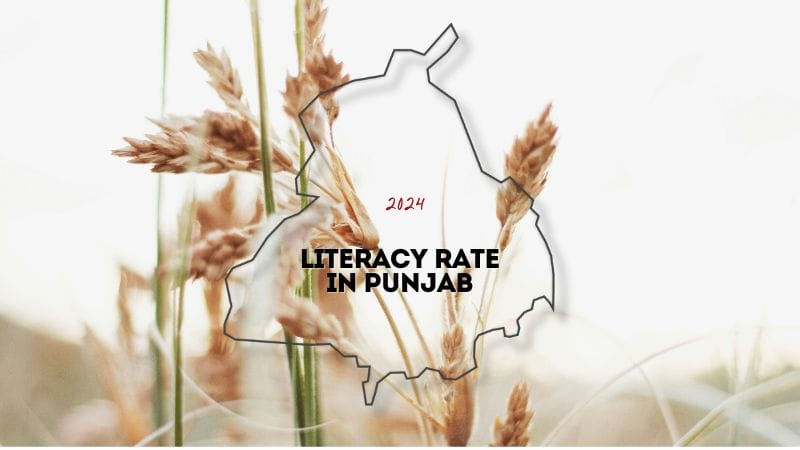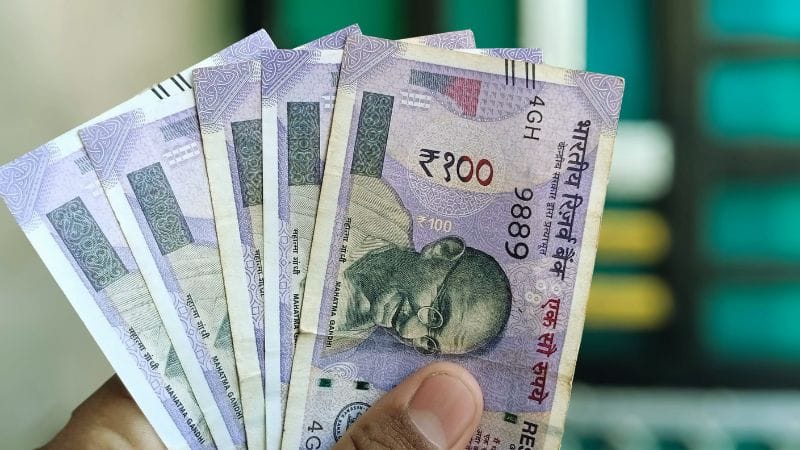Indian Rupee Hits Record Low: Causes, Impacts, Future Implications
In recent days, the Indian rupee has witnessed an alarming fall, reaching a record low against the U.S. dollar. This depreciation of the Indian currency has not only concerned policymakers but also raised questions among investors, consumers, and global trade partners. Here, we examine the driving forces behind this depreciation, assess its economic impact, and discuss what lies ahead for India’s economic and financial sectors.
Understanding the Current Decline in the Indian Rupee
In Nov 2024, the Indian rupee hit an unprecedented low against the U.S. dollar, trading at approximately INR to 1 USD. This development is the result of multiple, interlinked factors, both domestic and international. With the rupee weakening, the Indian economy is likely to face several challenges in managing inflation, the cost of imports, and the stability of key industries.
Key reasons for the decline include:
- High Global Crude Oil Prices: India relies heavily on imports for its oil needs, with crude oil prices spiking recently. Since oil is priced in dollars, a weaker rupee means higher import costs for India, putting further pressure on the rupee.
- Interest Rate Hikes by the U.S. Federal Reserve: The U.S. Federal Reserve’s decision to raise interest rates has led to a stronger dollar, making other currencies, including the rupee, relatively weaker. This difference in interest rates draws investors to the dollar as a safer investment option, leading to an outflow of capital from emerging markets like India.
- Current Account Deficit and Trade Imbalance: India has been facing a significant current account deficit due to higher imports than exports, particularly in energy and electronics. A high trade deficit pressures the rupee and limits India’s foreign exchange reserves, which are crucial for stabilizing the currency.
- Geopolitical Tensions and Global Economic Slowdown: The ongoing conflicts and economic challenges worldwide, such as the war in Ukraine, have added to the volatility in financial markets. Investors are wary, and this risk aversion leads to a pullback from emerging markets.
These challenges have collectively impacted the rupee’s value, and experts are concerned about the implications for the broader economy if the currency continues to depreciate.
Impact on the Indian Economy: A Closer Look
The fall in the rupee’s value has a cascading impact on several economic sectors and everyday expenses. Below are some of the critical ways this depreciation will affect India:
- Higher Import Costs and Inflation: With a weaker rupee, India faces increased costs for imported goods, including essential items like crude oil, metals, and machinery. These increased import costs can lead to higher inflation, which may further erode consumer purchasing power.
- Rising Fuel and Food Prices: A large portion of India’s imports consists of oil. When the rupee falls, fuel prices increase, affecting transport and logistics costs. This ripple effect can lead to higher prices across goods, particularly in food and agriculture.
- Challenges for Indian Companies with Dollar-Denominated Debt: Indian companies that have borrowed in dollars may struggle to service these debts as the value of the rupee declines. Their debt repayments, now more expensive, could impact profit margins and force companies to cut back on investments.
- Impact on Consumer Goods and Electronics: A large share of consumer electronics and other high-demand goods are imported from abroad. The depreciation means higher retail prices, which can discourage consumer spending and affect sales for businesses that rely on imports.
Government and Central Bank Response
The Reserve Bank of India (RBI) has been actively monitoring the rupee’s decline, aiming to mitigate the adverse effects through various measures. The central bank has been intervening in the forex market by selling dollars from its reserves to support the rupee. Additionally, it has raised interest rates to combat inflation and attract foreign investments.
The government has also taken steps to curb non-essential imports and encourage exports, particularly in sectors like information technology and pharmaceuticals, which generate dollar revenue. However, these efforts are facing challenges due to the global economic slowdown and supply chain constraints.
The RBI has also considered bilateral trade agreements in local currencies, allowing India to bypass the dollar for some transactions, particularly with nations like Russia. While these agreements may ease some pressure, they have limited immediate impact on the rupee’s stability.
Impact on Foreign Investments and Trade Relations
A depreciating rupee can also impact India’s relationship with foreign investors. A weaker rupee often leads to increased volatility, making foreign investors more cautious about investing in India. The rupee’s fall can erode the returns of foreign investors, leading to capital outflows, which further devalues the rupee.
Additionally, the rupee’s decline may shift India’s position in global trade. Indian exports could become more competitive due to the lower currency value, benefitting sectors like textiles, pharmaceuticals, and IT services. However, higher inflation and input costs may offset this potential advantage, and India’s export growth may not be enough to counterbalance its vast import needs.
Long-Term Economic Outlook
The rupee’s current decline is a wake-up call for policymakers and business leaders alike. If the depreciation continues, India may face more substantial economic challenges, potentially impacting GDP growth, unemployment, and domestic demand. Inflation could remain high for longer, leading to prolonged economic hardships for lower and middle-income households.
However, there may be silver linings in the long term:
- Growth of Domestic Manufacturing: The rupee’s fall could prompt companies to rely less on imports and focus more on domestic production, aligning with the government’s “Make in India” initiative. This strategy could stimulate job growth in manufacturing and increase self-sufficiency.
- Boost to Export-Oriented Industries: Certain industries, particularly in IT services, pharmaceuticals, and textiles, could benefit as Indian goods become more affordable on the international market.
- Focus on Renewable Energy: High energy costs may accelerate the push toward renewable energy sources, which can mitigate dependency on oil imports and help stabilize the rupee in the long term.
Expert Opinions on the Future of the Indian Rupee
Analysts have mixed opinions regarding the rupee’s future trajectory. Some believe that the rupee could stabilize if the RBI continues to support the currency and if global oil prices fall. Others predict that global uncertainties and inflation may continue to drive the rupee downwards.
Economist [insert name], in a recent interview, commented, “While the rupee’s decline is concerning, it’s also an opportunity for India to strengthen its manufacturing base and reduce dependency on imports. However, this shift requires time, significant investment, and policy support.”
Many also argue that the government should push for reforms in infrastructure, manufacturing, and technology sectors to create a more resilient economy.
Navigating an Uncertain Future
The record low of the Indian rupee underscores India’s vulnerability to global economic shifts, especially regarding oil imports and foreign debt. While the government and RBI have taken measures to stabilize the currency, the road ahead requires strategic investments, prudent policies, and innovation in trade practices.
For consumers, a weak rupee may mean higher prices on everyday goods and a tighter household budget. For businesses, it may mean re-evaluating import-dependent operations and potentially shifting towards domestic production. Despite the immediate challenges, India could leverage this situation to build a more robust and self-reliant economy in the long run.
As India navigates through this phase, all eyes will be on the global oil prices, U.S. interest rates, and the policies that the government and RBI deploy in response.
Stay connected with NH Punjab on social media. Follow us on Facebook, Twitter/X, and Instagram for the latest news updates, behind-the-scenes content, and more. Engage with us online and be a part of our growing community.

Giani Harpreet Singh’s Strong Stance on Canada Violence In a powerful response to recent violence in Canada, Takht Sri Damdama Sahib’s Jathedar, Giani Harpreet Singh, described the incidents as a deep-rooted conspiracy aimed at sowing discord between the Sikh and Hindu communities. Speaking at a gathering of Sikh intellectuals at the Akal Takht Secretariat in …

Literacy Rate in Punjab 2024, Current Statistics, Government Initiatives, and Future Prospects
Literacy Rate in Punjab 2024 As of 2024, the literacy rate in Punjab reflects significant progress in educational development, with a focus on bridging gaps in gender and rural-urban disparities. The state’s government has been actively implementing educational policies aimed at increasing literacy rates, improving infrastructure, and providing quality education to all. In this article, …

